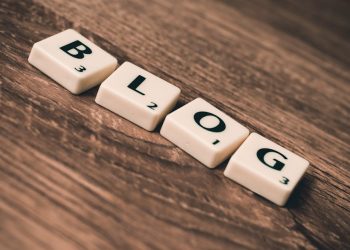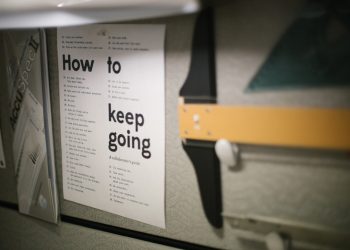No products in the cart.
Mastering Non-Verbal Communication for Career Success
Unlock the secrets to enhancing your professional presence through non-verbal communication mastery and first impression optimization.
New York, USA — In an increasingly competitive job market, the ability to communicate effectively is crucial. Yet, many professionals overlook a vital component of communication: non-verbal cues. Mastering non-verbal communication can significantly enhance your professional presence, making you more memorable and impactful in various settings.
Studies indicate that up to 93% of communication is non-verbal, comprising body language, facial expressions, and tone of voice.[1] This statistic underscores the importance of understanding how you present yourself before you even utter a word. A strong professional presence can set you apart, whether you’re in a job interview, a networking event, or a virtual meeting.

Many individuals enter professional environments with a focus solely on verbal communication. They prepare meticulously for what they will say, yet neglect how they will say it. This oversight can undermine their confidence and effectiveness. For instance, a firm handshake, maintained eye contact, and an open posture can convey confidence and authority, while slouched shoulders and averted eyes may suggest insecurity or disinterest.
Moreover, the context of your communication matters. Different cultures interpret non-verbal cues in various ways. For example, while maintaining eye contact may be seen as a show of confidence in many Western cultures, it can be perceived as disrespectful in some Asian cultures.[2] Understanding these nuances is essential for effective communication in a globalized world.
In addition to being aware of your non-verbal signals, actively developing your presence can elevate your professional gravitas.
Another critical aspect of non-verbal communication is the ability to read others. Being attuned to the body language and facial expressions of colleagues or clients allows you to respond more effectively. For instance, if a colleague appears distracted or defensive, adjusting your approach can lead to a more productive conversation.
In addition to being aware of your non-verbal signals, actively developing your presence can elevate your professional gravitas. Techniques such as power posing, which involves adopting expansive postures to boost confidence, can be beneficial. Research shows that individuals who engage in power posing before high-stakes situations report feeling more powerful and are perceived as more authoritative by others.[3]
Furthermore, practicing mindfulness can enhance your ability to be present in conversations. Being fully engaged helps you to respond thoughtfully rather than reactively. This practice cultivates a positive atmosphere and builds stronger relationships, essential for freelancers and gig workers who rely on networking.
As the workplace evolves, especially with the rise of remote work, virtual presence becomes increasingly important. Non-verbal communication in virtual settings—like the mannerisms you exhibit on camera—can significantly impact your professional image. For example, ensuring good lighting, maintaining eye contact with the camera, and using appropriate gestures can enhance engagement during video calls.
Technology also plays a role in shaping our professional presence. Tools like LinkedIn and personal branding websites offer platforms to showcase your skills and experiences. However, these digital footprints must align with your in-person presence. Consistency across various platforms builds trust and credibility.
For freelancers, a strong professional presence can be the difference between securing a project or losing it to a competitor. Clients often choose freelancers based on perceived professionalism, which is heavily influenced by non-verbal cues. Building a compelling personal brand that communicates confidence and competence can lead to more opportunities.
As the workplace evolves, especially with the rise of remote work, virtual presence becomes increasingly important.
Looking ahead, the ability to master non-verbal communication will become even more critical. As the gig economy continues to expand, professionals must differentiate themselves. Embracing non-verbal communication techniques not only enhances individual performance but also fosters better collaboration and understanding in diverse teams.
Investing time in developing your non-verbal skills can yield significant returns in your career. Whether you’re a seasoned professional or just starting your journey, refining how you present yourself can open doors to new opportunities and elevate your professional relationships.
In a world where first impressions matter, non-verbal communication mastery is not just an asset; it’s a necessity. As you navigate your career path, remember that what you convey without words often speaks louder than the words themselves.











